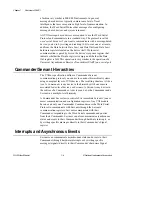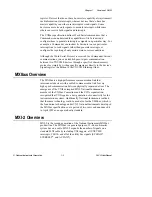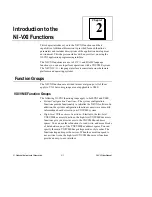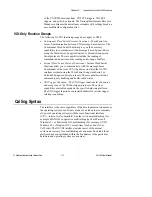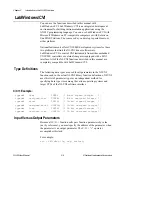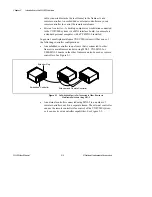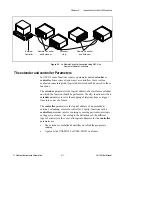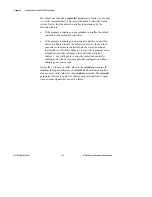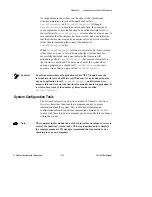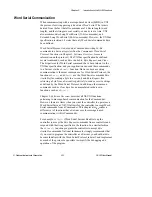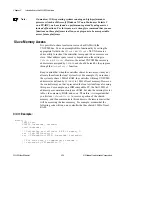
© National Instruments Corporation
2-1
NI-VXI User Manual
Introduction to the
NI-VXI Functions
Chapter
2
This chapter introduces you to the NI-VXI functions and their
capabilities. Additional discussion is provided for each function’s
parameters and includes descriptions of the application development
environment. This chapter concludes with an overview on using the
NI-VXI application programming interface.
The NI-VXI functions are a set of C/C++ and BASIC language
functions you can use to perform operations with a VXI/VME system.
The NI-VXI C/C++ language interface is consistent across hardware
platforms and operating systems.
Function Groups
The NI-VXI functions are divided into several groups. All of them
apply to VXI, but some groups are not applicable to VME.
VXI/VME Function Groups
The following NI-VXI function groups apply to both VXI and VME.
•
System Configuration Functions—The system configuration
functions provide functionality to initialize the NI-VXI software. In
addition, the system configuration functions can retrieve or modify
information about devices in your VXI/VME system.
•
High-Level VXIbus Access Functions—Similar to the low-level
VXI/VMEbus access functions, the high-level VXI/VMEbus access
functions give you direct access to the VXI/VMEbus address
spaces. You can use these functions to read, write, and move blocks
of data between any of the VXI/VMEbus address spaces. You can
specify the main VXI/VMEbus privilege mode or byte order. The
functions trap and report bus errors. When the execution speed is
not a critical issue, the high-level VXI/VMEbus access functions
provide an easy-to-use interface.












